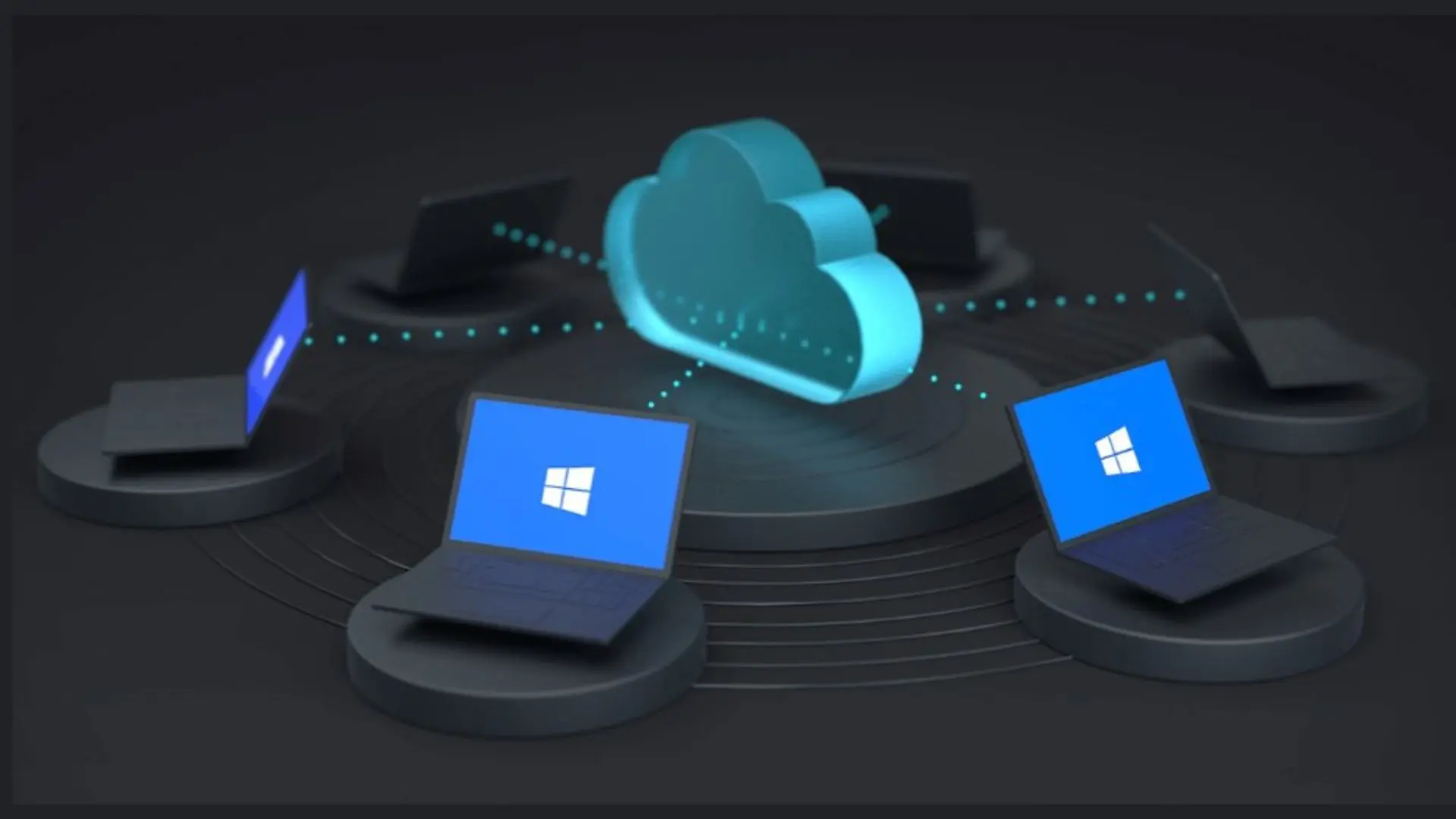For those of you who aren’t familiar, Azure Virtual Desktop, formerly known as Windows Virtual Desktop, is a desktop and app virtualisation service that runs on Azure. It is the best way to provide access to your applications for your remote employees. There are many businesses that could greatly benefit from Azure Virtual Desktop but they aren’t always certain about how it can protect their data and how it works. In this article we give you a brief overview of the service and cover the 5 ways Azure Virtual Desktop can ensure your data security.
About Azure Virtual Desktop
Azure Virtual Desktop is a comprehensive desktop and app virtualisation service running in the cloud. It delivers a desktop experience from cloud–hosted session hosts and can be accessed on almost any device. It’s the only virtual desktop infrastructure (VDI) that delivers simplified management, multi-session Windows 10, optimisations for Microsoft 365 apps for enterprise and support for Remote Desktop Services (RDS) environments.
5 ways Azure Virtual Desktop Can Ensure your Data Security – Isolated from physical devices
With Azure Virtual Desktop, sensitive data and files are stored securely in the cloud rather than on user devices. This isolates data from endpoints, reducing loss risks if a local device is compromised, lost or stolen. Additional data protection can be implemented as well.
For example, access to copy-paste functionality between the virtual session and local device can be disabled to prevent data leakage. Session environments are fully isolated through virtualisation too. This containment helps limit the business impact if malware is introduced, as it cannot escape the infected session.
Disaster recovery
Azure Virtual Desktop provides business continuity and disaster recovery capabilities by centrally storing customer data within Azure. This data can be easily backed up and restored if needed. The Azure Virtual Desktop service itself is resilient against outages with geo-redundant storage replication and availability zones. Together, these enable quick recovery of user data in the event of a disaster or disruption.
Compliance
Data compliance can be met by storing data securely with encryption and using Azure policies to ensure data resides within approved geographical regions. AVD acquires Microsoft Azure’s broad range of certifications like ISO, Cyber Essentials Plus, G-Cloud, SOC etc.
Watermarking
Watermarking, a new feature that was released this year is designed to protect sensitive information on shared client devices. When you enable watermarking, QR code watermarks appear as part of remote desktops. The QR code contains the connection ID of a remote session that admins can use to trace the session. Watermarking is configured on session hosts and enforced by the Remote Desktop client. This tagging is done to discourage leaks.
Integration with Microsoft Cloud Apps Security
Azure Virtual Desktop integrates with third-party data loss prevention (DLP) solutions like Microsoft Cloud App Security to identify and secure sensitive data. By tying into Microsoft’s built-in security stack, additional monitoring, analytics, and access controls can be implemented to further strengthen data protection. The integration between Azure Virtual Desktop and tools like Cloud App Security enables layers of safeguards to be applied, against data leakage or loss in the virtual environment.
You can learn more about Azure Virtual Desktop on our website or download our guide which explains more about the service.


